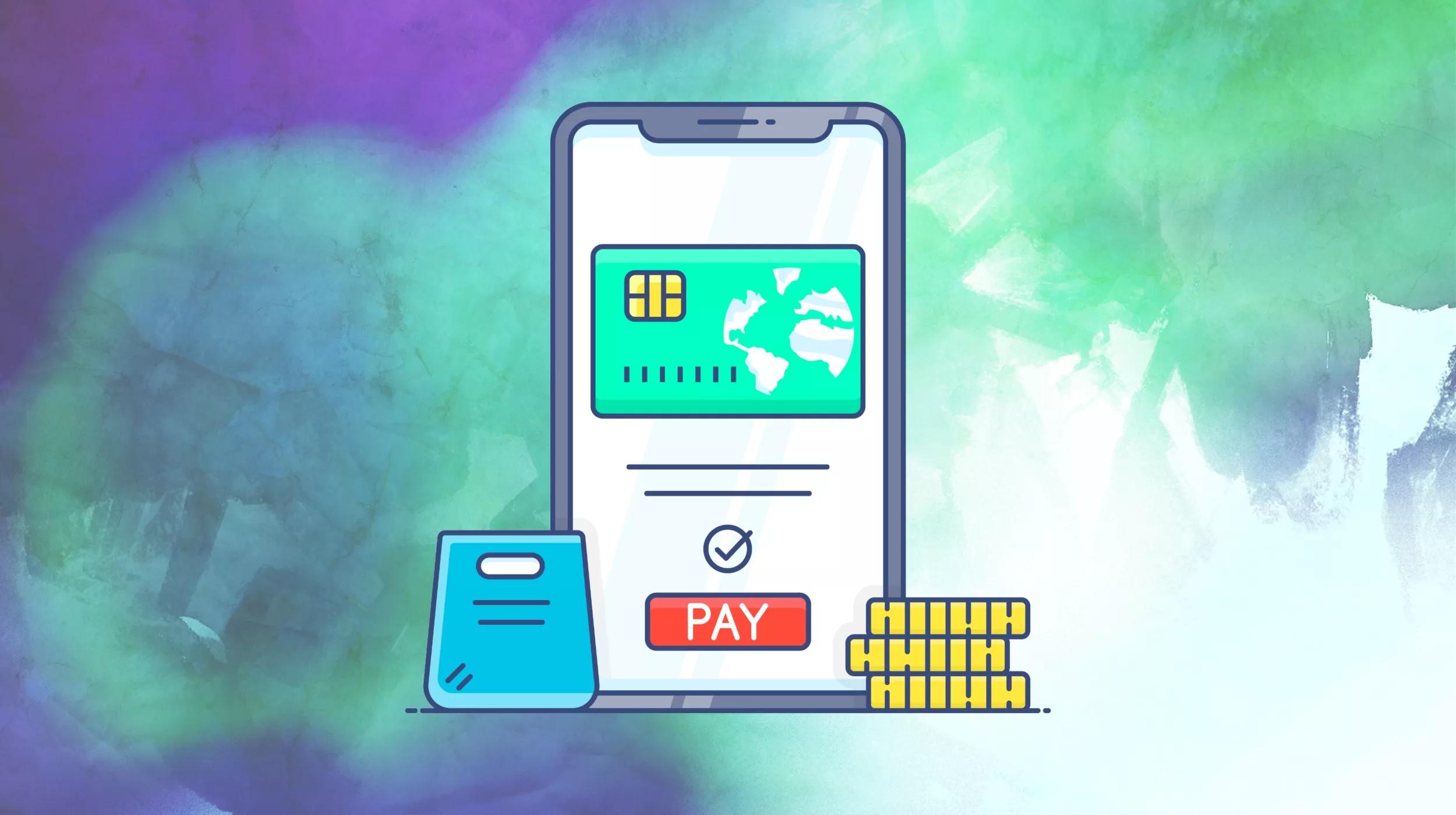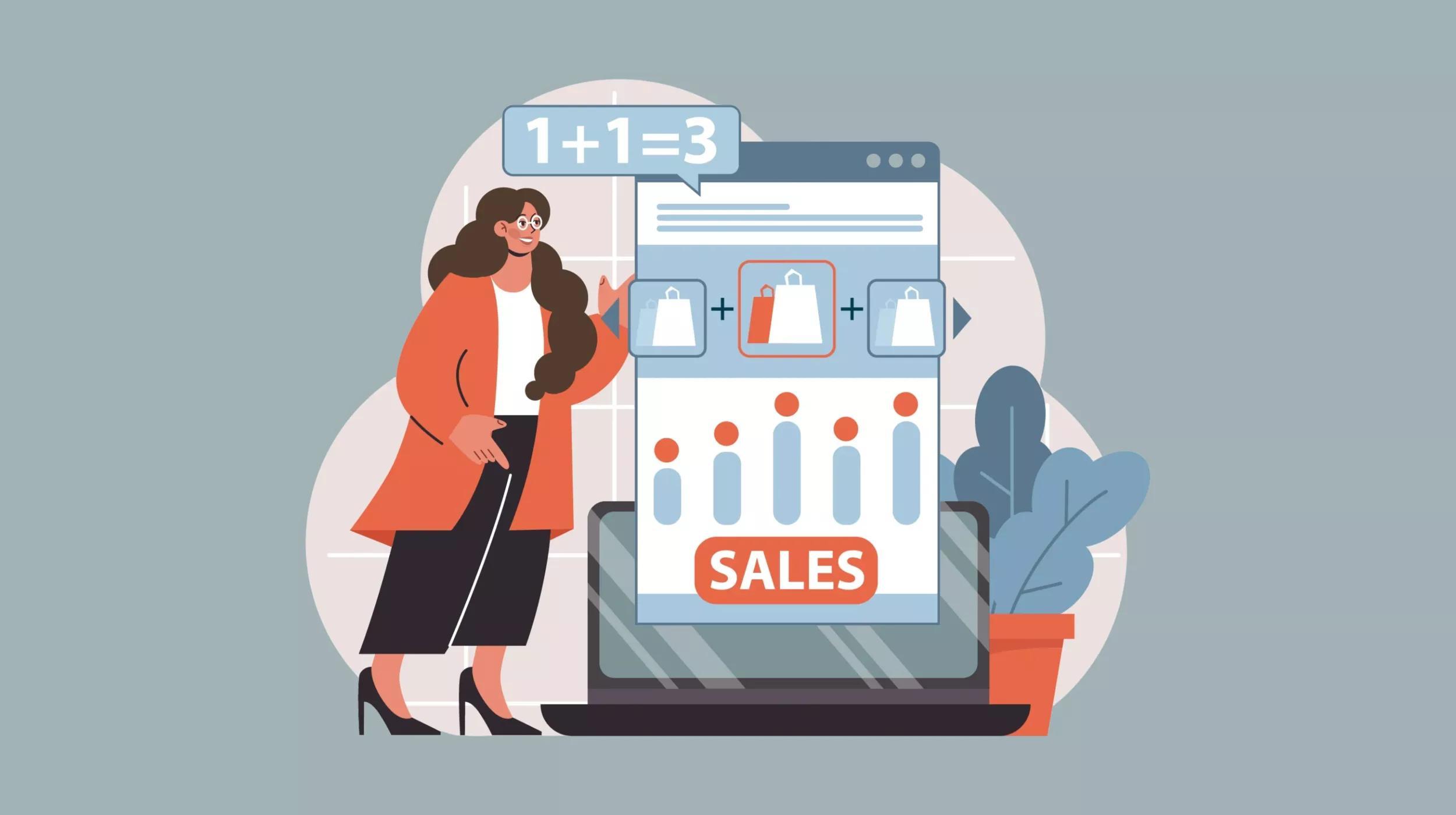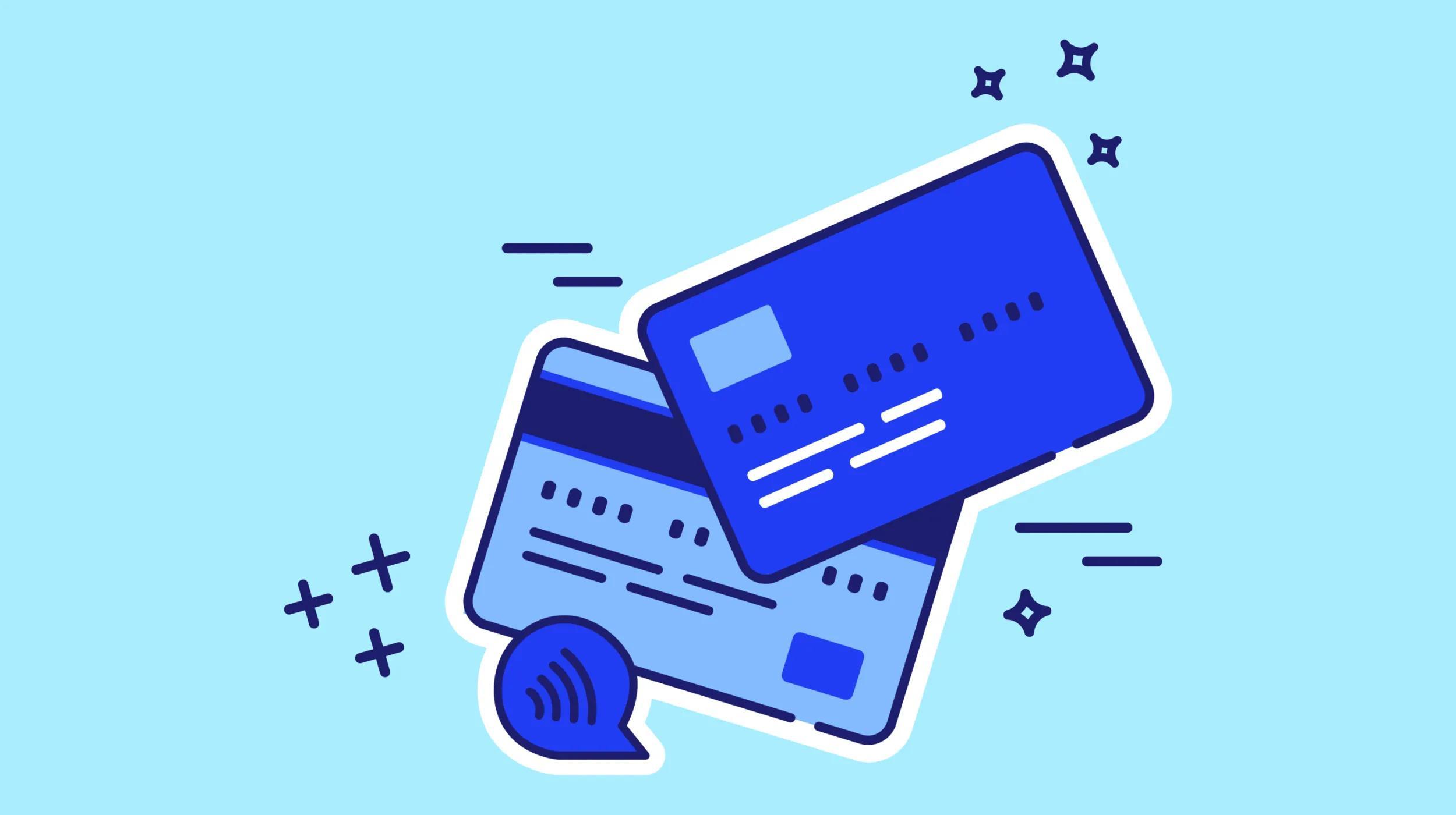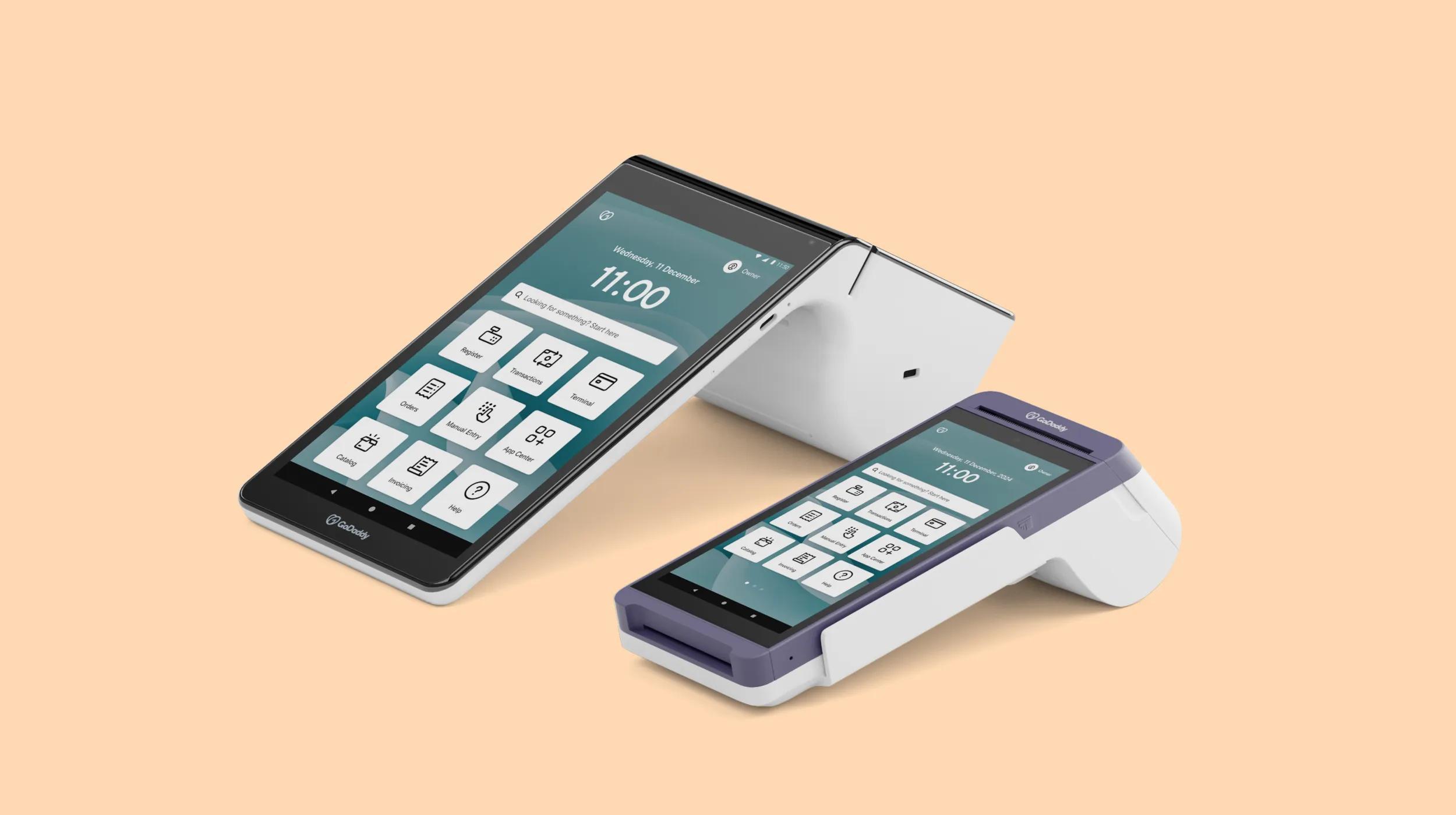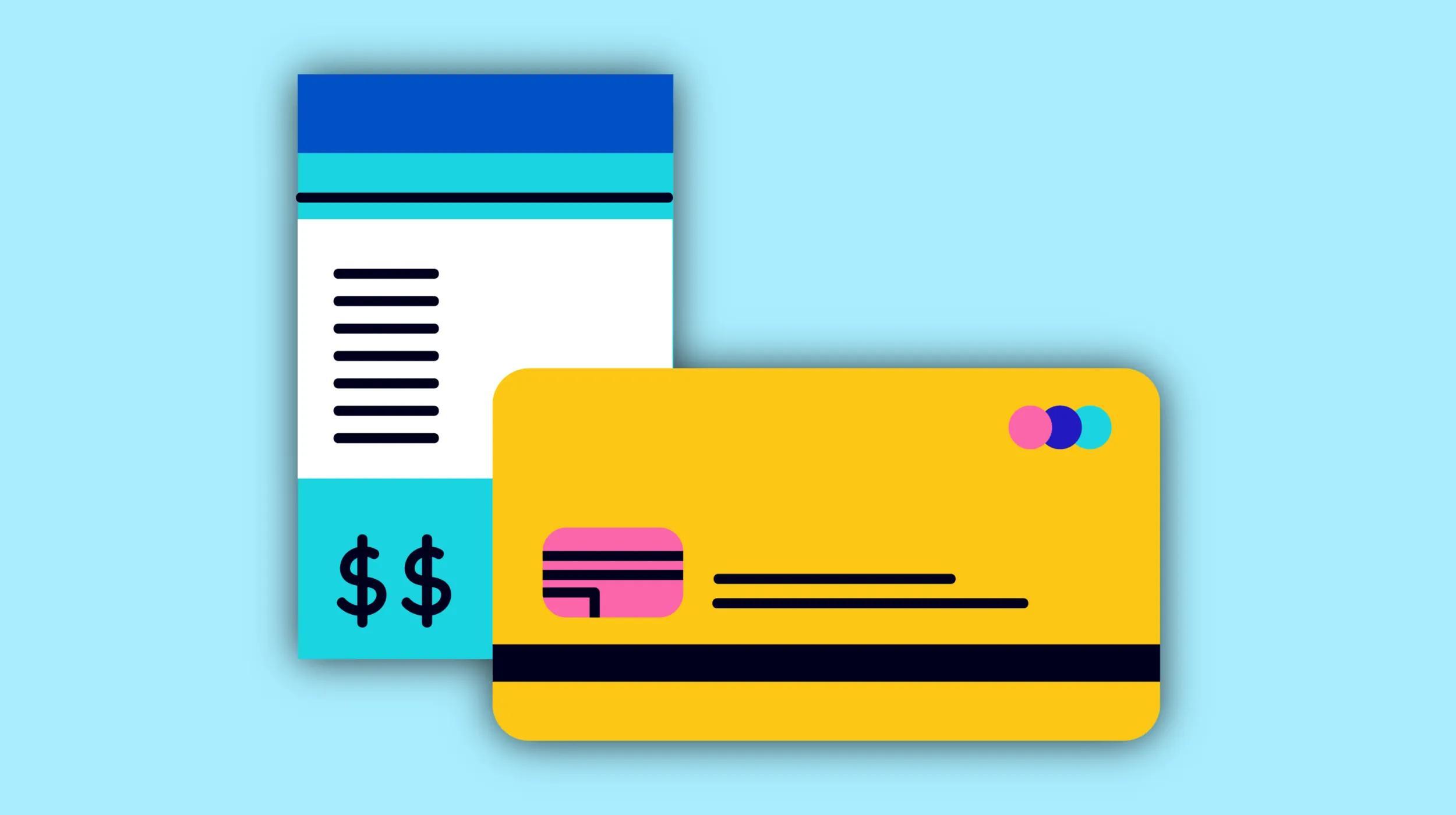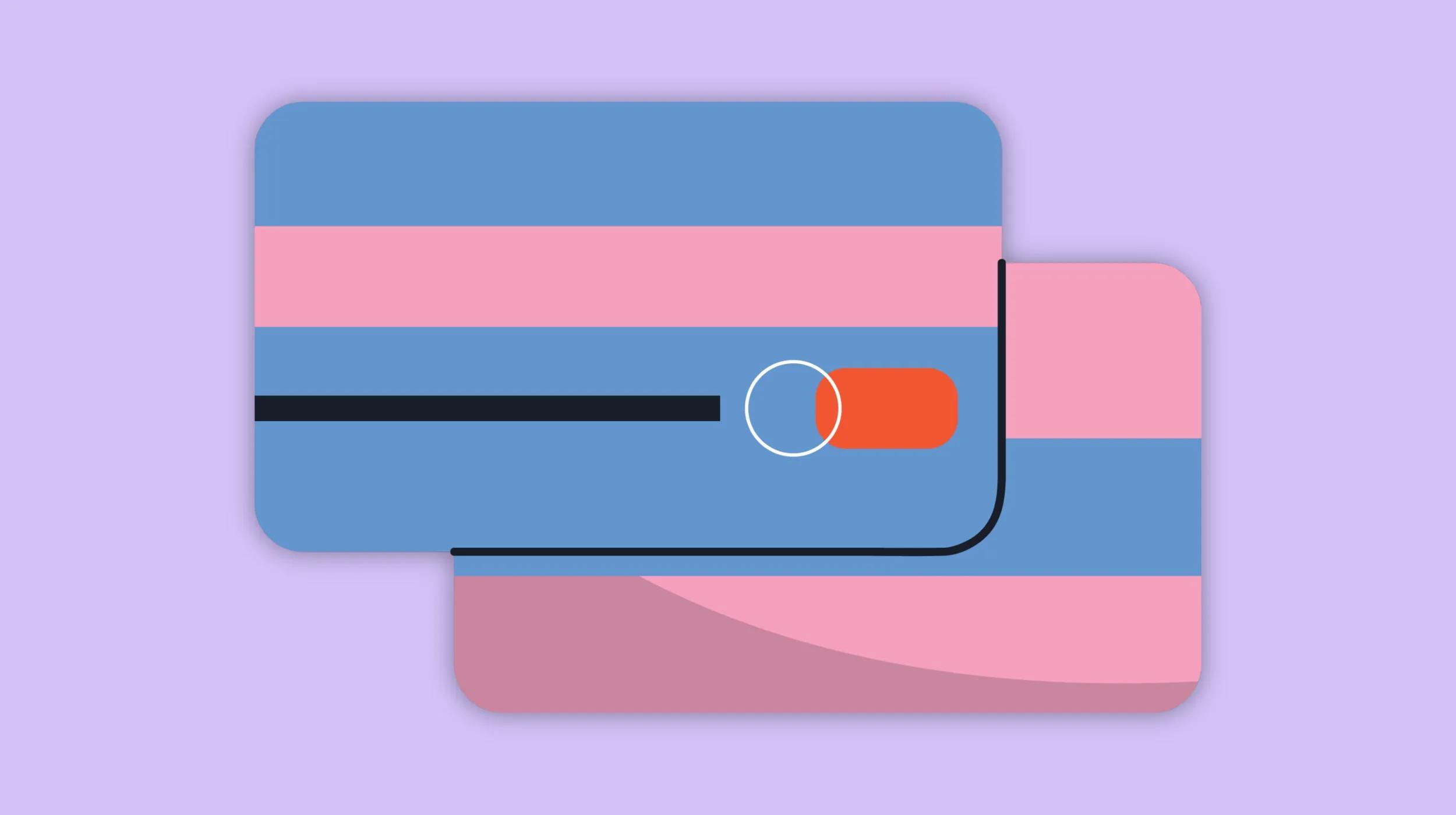In a time when speed and convenience are paramount, contactless payments have emerged as leaders in the payment technology arena.
Today, we aim to shed light on what contactless payments are, how they work, and why they’re increasingly important in 2025.
We’ll explore the technology behind them, the security measures in place, and the various types of contactless payments available. But first, a definition.
What is a contactless payment?
A contactless payment is a wireless financial transaction that allows customers to make purchases without any physical contact between their payment medium and the vendor’s point-of-sale (POS) system.
You wave or tap your payment device—whether it’s a chip-enabled bank card or a digital wallet on your smartphone—near the vendor’s POS reader to complete the transaction. These transactions are often referred to as touch to pay, touch-free, tap-and-go, or proximity payments.
The EMV contactless symbol on a credit card indicates that it can be used for contactless payments with the aid of a contactless-enabled POS or a tap-to-pay app on a phone.
Advancements in contactless payment technology
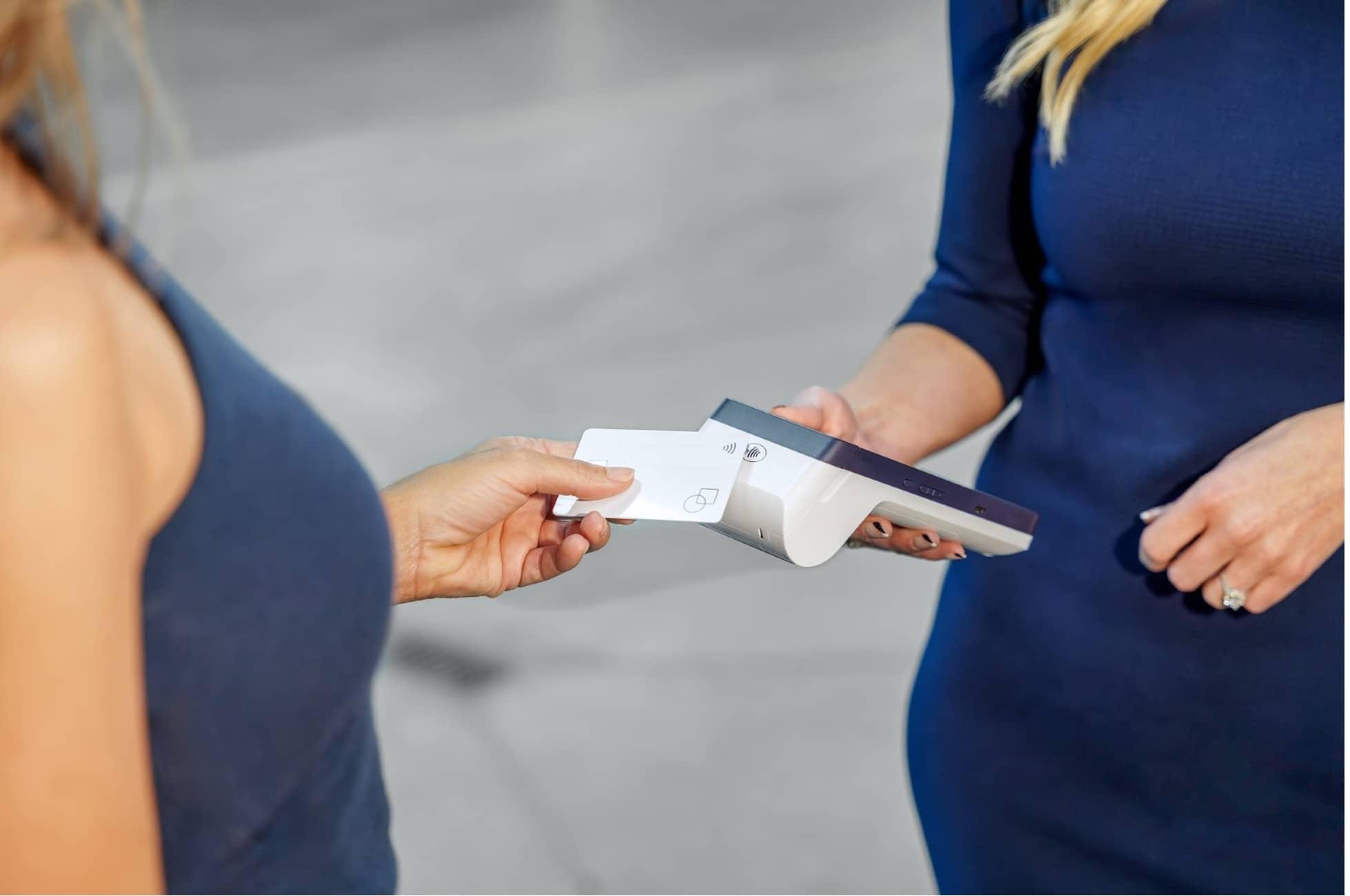
New contactless payments technologies are revolutionizing how we make purchases. These convenient payment methods eliminate the need to carry cash and swipe cards, allowing for faster, more secure transactions with just a tap or wave.
NFC technology
Near-field communication, or NFC, has been a pivotal technology in the evolution of contactless payments. Initially designed for simple data transfers, NFC has matured into a secure and efficient medium for financial transactions.
The technology has expanded beyond plastic cards, seamlessly integrating into mobile wallets and wearable devices like smartwatches.
Surge in mobile wallets and wearable devices
The advent of mobile wallets such as Apple Pay and Samsung Pay has elevated the contactless payment experience. These digital wallets securely store your financial information and enable swift transactions with a simple tap of your smartphone.
Additionally, wearables like smartwatches offer the same level of convenience and security directly from your wrist.
History of contactless payments
The history of contactless payments is marked by innovation, consumer adoption, and market transformation. Understanding this history can provide valuable insights into consumer behavior and emerging trends.
Late 1990s
Contactless payments debuted in Seoul, South Korea, through a bus card system in 1995. Around the same time in the U.S., Mobil introduced the "Speedpass" system for gas stations, marking one of the earliest instances of contactless payments in a retail setting.
Early 2000s
Philips and Sony collaborated to develop the NFC standard, laying the groundwork for future contactless technologies. Freedompay also entered the scene with partnerships like Bank of America and McDonald’s, signaling the technology’s potential for widespread adoption.
Mid-2000s
In Japan, the Osaifu-Keitai system was introduced, allowing multiple FeliCa systems like Edy and Mobile Suica to be used primarily on railway networks. This was a significant step in making contactless payments mainstream in public transport.
2007
Barclaycard in the UK launched the OnePulse card, a hybrid contactless debit card designed for use across the TfL network and at around 6,000 retailers. The initial spending limit was set at £10 per transaction, influencing similar initiatives in the U.S.
2010-2011
As contactless payments gained traction globally, spending limits were increased. In 2011, the first mobile payment device was launched through a partnership between Barclaycard and Orange, known as Quick Tap.
2015
The U.S. adopted the EMV standard, prompting thousands of merchants to switch to NFC-enabled terminals.
2016-2017
Contactless payments on Android platforms were introduced.
COVID-19 era
The pandemic acted as a catalyst for contactless payments. Several banks raised their contactless payment limits, and it became a recommended safer payment method compared to Chip and PIN card payments and cash transactions.
2022
Apple introduced Tap to Pay technology in the United States, allowing merchants to use iPhone devices as payment terminals for contactless cards. This innovation was later expanded to other countries, making it a global phenomenon.
According to Mastercard consumer polling, 51% of Americans are using some form of contactless payment like tap-to-pay credit cards and mobile wallets.
Role of major financial institutions in expanding contactless payments
Major financial institutions, including Mastercard, Visa, and American Express, have been instrumental in supporting and expanding contactless payment systems globally.
These organizations have developed and promoted standards like EMV contactless, ensuring seamless and secure transactions across various platforms.
For instance, Visa payWave, Mastercard Contactless, and American Express Expresspay have become widespread in the U.S. and U.K., facilitating over 300 million contactless cards issued in the U.S. by the end of 2020 alone.
Additionally, financial entities such as HSBC, Barclays, and Citibank continue to increase the availability of contactless cards to consumers, enhancing the adoption and convenience of contactless payments worldwide.
How contactless payment technology tackles security
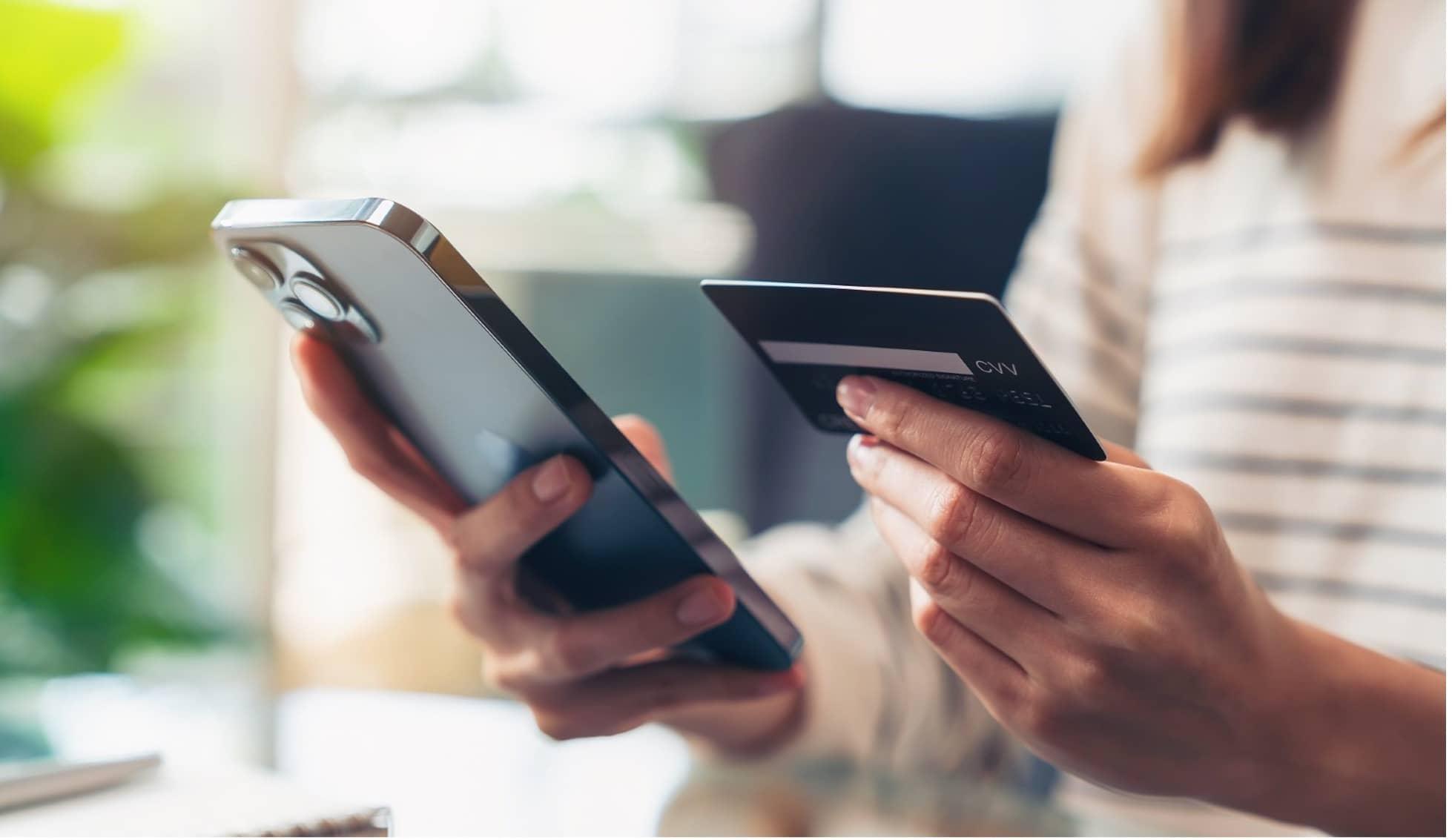
Security is a top concern for both sellers and consumers. While contactless payments are praised for their convenience, it’s essential to understand how they ensure safety.
Encryption and tokenization
One of the standout features of contactless payments is the dual-layer security provided by encryption and tokenization.
When you initiate a contactless transaction, the payment information is encrypted, making it accessible only to authorized entities. Each transaction generates a unique, one-time code, commonly referred to as a "token."
This token is sent to the financial institution for verification and approval. The system’s design ensures that each transaction has its own unique identifier, making it significantly harder for hackers to exploit.
Even if someone intercepts this token, it would be useless for any other transaction.
Device account number (DAN)
Additionally, Device Account Numbers (DAN) play a crucial role in the tokenization process. A DAN, similar to a Private Account Number (PAN) used in traditional payment methods, is generated along with a private key during the initial setup of a contactless payment device.
When a transaction is made, the DAN and relevant details such as expiry date and CVV are sent to the card issuer via the payment terminal.
The private key associated with the DAN is then used to authorize the transaction, ensuring that the actual account information is never directly transmitted. This process enhances security by minimizing the risk of sensitive data exposure during transactions.
Transaction caps and multi-factor authentication
Another security feature is the transaction limit often associated with contactless payments. This limit acts as a safety net, requiring additional verification like a PIN or signature for larger transactions.
Many contactless payment systems also incorporate multi-factor authentication, such as biometric scans (fingerprints or facial recognition), adding an extra layer of security.
Protective measures
To further enhance security, several protective measures can be employed. RFID-blocking card sleeves and wallets prevent unauthorized scanning of contactless cards by blocking radio-frequency signals.
These accessories add an extra layer of protection by ensuring that your contactless payment information remains secure, even if your wallet is lost or stolen.
Potential drawbacks
While contactless payments offer robust security features, they’re not without limitations. A notable drawback is that if your card or device falls into the wrong hands, unauthorized transactions can occur without needing a PIN or signature, up to the transaction limit.
This is particularly concerning if multiple payment methods are stored in a digital wallet on a lost or stolen device.
Options for contactless payments
Businesses can accept contactless payments in various ways, each with its own set of benefits and considerations. Let’s explore the three main contactless payment options reshaping transaction methods.
Contactless cards
Contactless cards are the original touch payment option. These cards come embedded with an RFID chip that allows for secure and quick transactions. Simply tap or wave your card close to a payment terminal that supports contactless payments.
Major issuers include Visa, Mastercard, and American Express. To accept these payments as a seller, you’ll need a POS System equipped to handle contactless transactions.
Check our guide and learn how a POS system works.
In addition to traditional credit and debit contactless cards, stored-value contactless smart cards are widely used in public transportation systems. Examples include London’s Oyster card and RioCard in Brazil.
These cards can store fare value purchased with cash or electronic payment, as well as non-currency values such as monthly passes, providing a convenient option for commuters.
Mobile wallets
Mobile wallets have transformed smartphones into payment portals. Apps like Apple Pay and Samsung Pay securely store your card information and enable swift transactions with a simple tap of your smartphone near the POS terminal.
This option is particularly handy because it eliminates the need to carry physical cards. To accept mobile wallet payments, your POS system should be capable of handling NFC technology.
Wearable devices
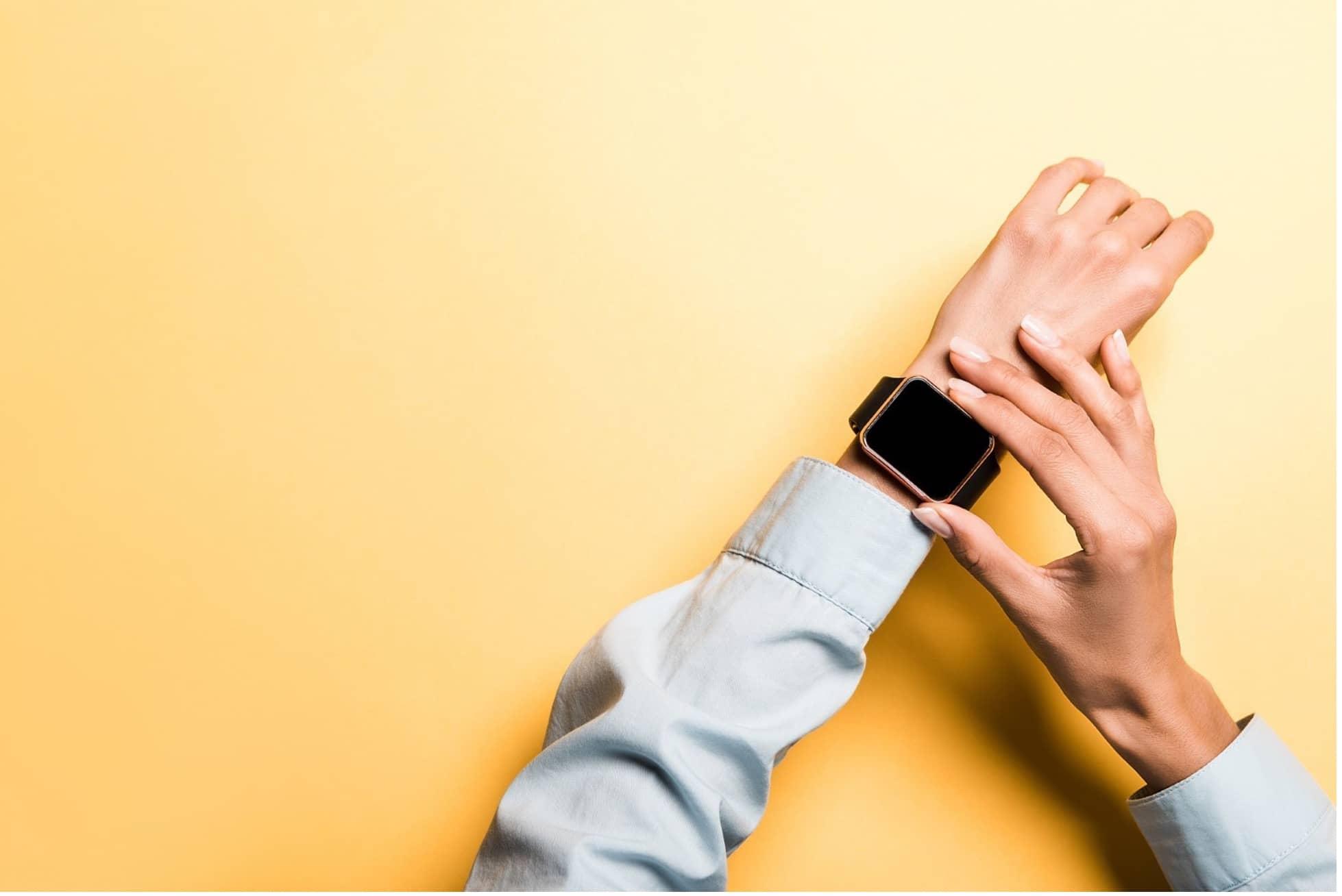
Wearable devices, such as the Apple Watch, offer the ultimate convenience in contactless payments.
For example, double-clicking the side button on an Apple Watch, selecting your card, and holding the watch near the terminal completes the transaction effortlessly.
To accept payments from wearables, your POS system should support NFC, and implementing Tap to Pay on iPhone or Android phone technology can enhance the transaction process.
Tap-to-pay and smartphone-based POS systems
Tap to Pay technology, introduced by Apple in 2022, allows merchants to use their smartphones as payment terminals for contactless cards. This innovation eliminates the need for traditional POS hardware, providing greater flexibility and reducing costs for businesses.
By leveraging the NFC capabilities of modern smartphones, Tap to Pay enables seamless and efficient transactions directly from a merchant’s device.
Alternative contactless payment methods
While NFC is a prominent technology in contactless payments, it’s not the only option. QR code payments offer a viable and increasingly popular alternative for contactless transactions.
QR code payments work by generating a unique code that represents the transaction details.
The customer scans this code using their smartphone camera, which redirects them to a payment gateway or app to complete the transaction. It’s a straightforward and secure way to make a payment without any physical contact.
Related: What is a payment gateway?
For sellers interested in offering this option, learning how to create and accept QR code payments can be a valuable addition to your payment methods.
It’s a simple process that can be easily integrated into your existing payment system, providing another layer of convenience for your customers.
The future of contactless payments
The future of contactless payments looks promising, with rapid technological advancements and growing consumer adoption. Biometric payment cards featuring fingerprint scanners are already available, combining the convenience of a card with the security of mobile apps.
Services like Cash App are also offering easier ways to transfer money between currencies and individuals, indicating that the technology will continue to grow in popularity and availability.
In the U.S., the adoption of contactless payments has been slower compared to Europe, but it’s gaining momentum.
It’s expected that contactless payments will become more widely adopted in the U.S. and globally in the coming years, especially as new POS terminals increasingly support "Tap to Pay" functionalities.
In conclusion, contactless payments are more than a fleeting trend—they represent a significant shift in how transactions are conducted. With the dual benefits of speed and security, it’s unsurprising that this payment method is gaining traction worldwide.
While NFC technology remains the leading option for contactless payments, alternatives like QR codes are also gaining popularity, offering businesses and consumers additional choices.
As contactless payments become more mainstream, implementation costs are likely to decrease, making it an accessible option for small businesses. Additionally, consumer demand for quick and convenient payment methods may soon make contactless payments a necessity for staying competitive.
Whether you’re already utilizing contactless payments or considering adopting them, the future is bright. With ongoing technological advancements and increasing acceptance among consumers, contactless payments are set to become the new norm rather than the exception.
Disclaimer: All known trademarks contained herein are the property of their respective owners and their inclusion does not represent any affiliation, endorsement, or sponsorship.
